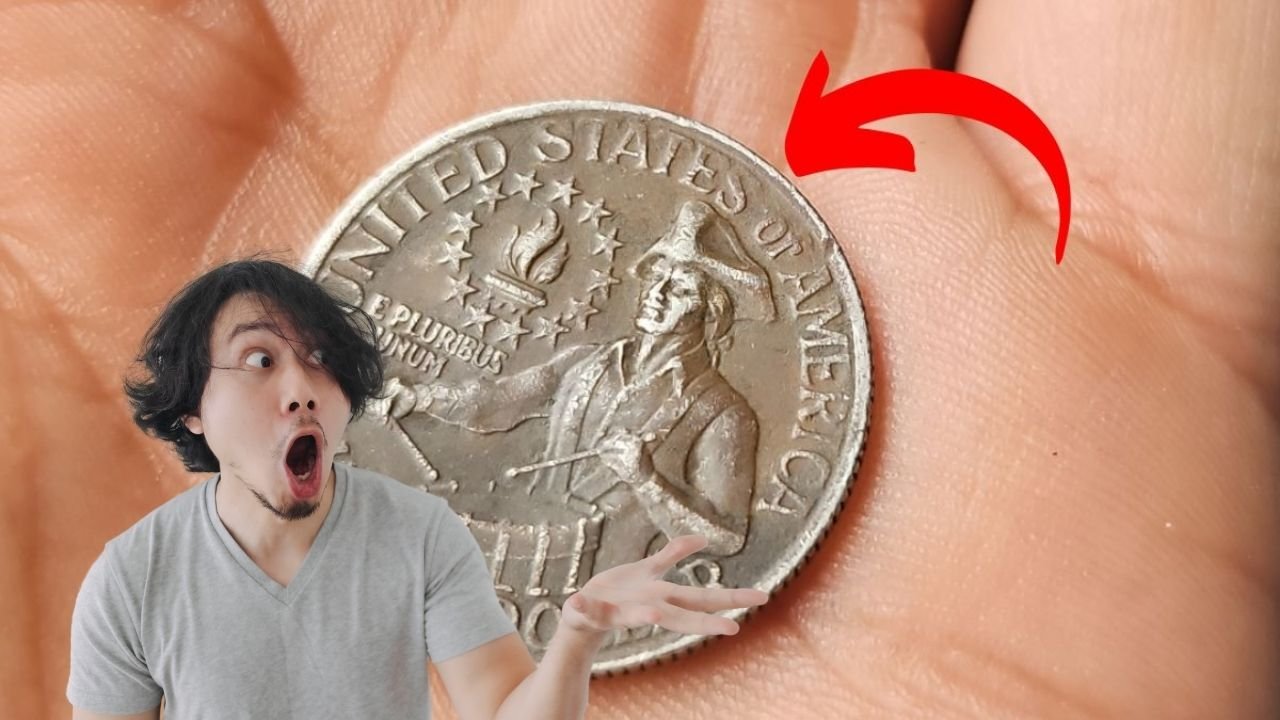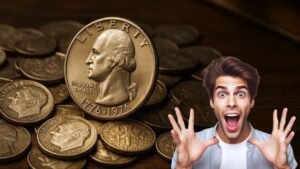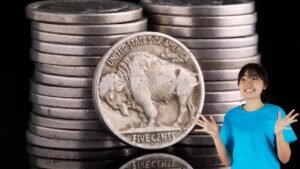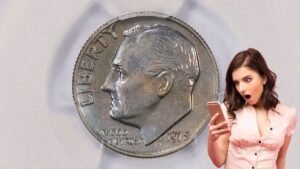The 1776-1976 Bicentennial Quarter has become one of the hottest topics in U.S. coin collecting. Originally minted to celebrate America’s 200th birthday, this quarter is now surprising collectors with values far beyond its face value.
While most of these quarters are common pocket change, certain varieties—especially proof, silver, and error coins—can sell for hundreds or even thousands of dollars. In 2025, renewed interest in rare coins has made the Bicentennial quarter a must-watch for both collectors and casual coin hunters.
History of the Bicentennial Quarter
The Bicentennial quarter was first struck in 1975 and 1976 to mark the 200th anniversary of American independence. Unlike regular Washington quarters, it carried the dual date “1776–1976.”
- Minted at Philadelphia, Denver, and San Francisco
- The San Francisco Mint also produced silver-clad proof coins in limited numbers
- Its one-time design makes it unique and highly collectible today
Design and Symbolism
- Obverse (front): George Washington’s portrait by John Flanagan
- Reverse (back): A colonial drummer designed by Jack L. Ahr, with a victory torch surrounded by 13 stars
- The design reflects unity, freedom, and independence, adding cultural and patriotic value
How Rare Is the Bicentennial Quarter?
Most Bicentennial quarters are still common. However, rarity comes from:
- Uncirculated examples in pristine condition
- Silver proof coins from San Francisco
- Error coins such as double strikes, off-center designs, or wrong planchets
Some rare editions have shocked collectors by selling for over $5,000 at auction.
1776-1976 Bicentennial Quarter Value Chart (2025)
| Type | Mint Mark | Estimated Value |
|---|---|---|
| Circulated | P / D | $0.25 – $1 |
| Uncirculated | P / D | $5 – $15 |
| Proof (Clad) | S | $10 – $30 |
| Silver Proof | S | $30 – $150 |
| Error Coins | Varies | $500 – $5,000+ |
Why Collectors Are Shocked in 2025
- Rising gold and silver prices have boosted demand for collectible coins
- Social media and online auctions have made Bicentennial coins trend again
- Young collectors see them as vintage treasures and pieces of American heritage
This renewed attention has pushed prices higher, surprising even seasoned numismatists.
Tips to Spot Valuable Bicentennial Quarters
- Check the mint mark: “S” quarters are more collectible
- Look for errors such as double dies or off-center strikes
- Use a scale to check silver coins—they weigh slightly more
- Keep coins in good condition; scratches lower value
- Consider professional grading (PCGS or NGC) for high-value finds
Should You Invest in Bicentennial Quarters?
For casual collectors, keeping a few unique examples is rewarding. For investors, the best strategy is focusing on:
- Uncirculated coins
- Proof and silver editions
- Certified error coins
While not every Bicentennial quarter is rare, the right ones can appreciate in value over time.
FAQs
Q1: Are all Bicentennial quarters valuable?
No. Most are worth face value, but silver, proof, and error coins can be worth much more.
Q2: How much is a 1776-1976 Bicentennial Quarter worth today?
Circulated coins are worth 25 cents, but rare versions can sell for $100 to $5,000+.
Q3: How can I tell if I have a silver Bicentennial quarter?
Silver proofs weigh more and usually have an “S” mint mark.
Q4: Should I get my Bicentennial quarter graded?
Yes, grading adds credibility and can increase its auction value.
Q5: Where can I sell valuable Bicentennial quarters?
Trusted coin dealers, certified auctions, and online platforms like Heritage or eBay.
Conclusion
The 1776-1976 Bicentennial Quarter isn’t just pocket change—it’s a piece of American history with growing collector appeal. While most are still common, rare silver, proof, and error coins can bring surprising profits in 2025.
So, next time you check your spare change, take a closer look—you might be holding a small but valuable piece of America’s past.



